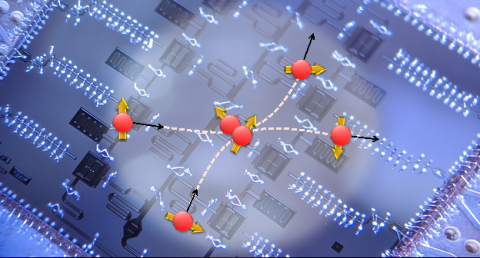
Classical and quantum chips combine to simulate the collision of two neutrons on a present-day quantum computer.
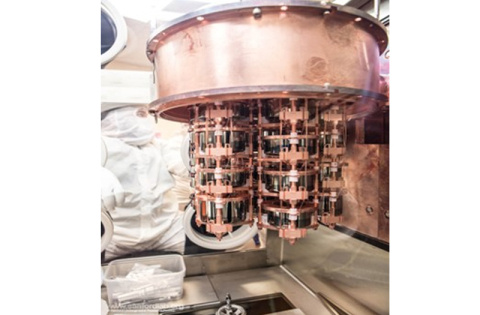
Researchers dramatically improve the limits for several exotic dark matter models.
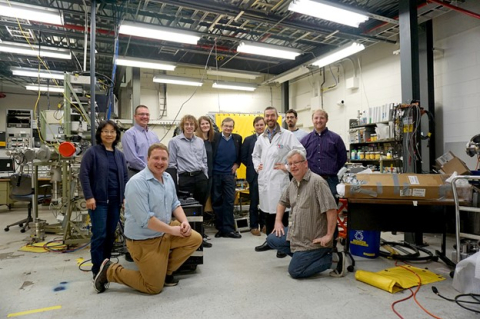
The observation of a rare potassium-40 decay aids in estimating neutrinoless double-beta decay half-life and dating geological features.
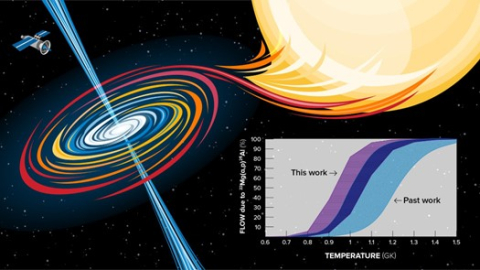
Scientists study a key reaction in X-ray bursts, shedding light on the reaction mechanisms behind thermonuclear flare-ups during these events.
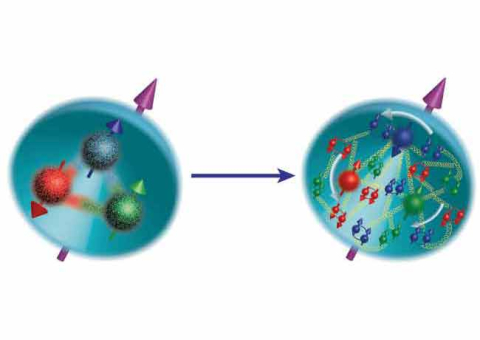
Researchers find a new contribution to the proton Sivers function that describes the internal rotation of the proton perpendicular to its velocity.
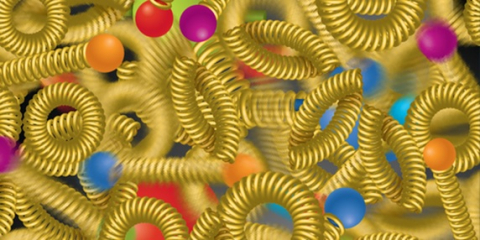
Theorists propose nucleon energy-energy correlator as a probe to the gluon saturation phenomena at the future electron-ion collider.
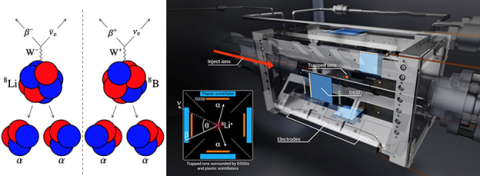
Scientists develop a new method to characterize the properties of one of the four fundamental forces of nature.
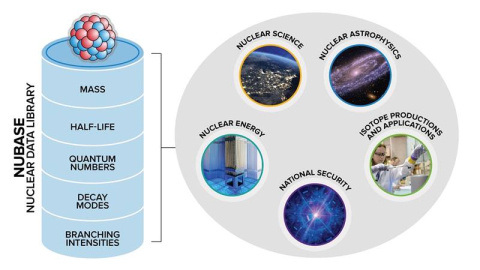
Scientists in nuclear physics, astrophysics, energy, national security, and medicine use a source of recommended nuclear data to advance their research.
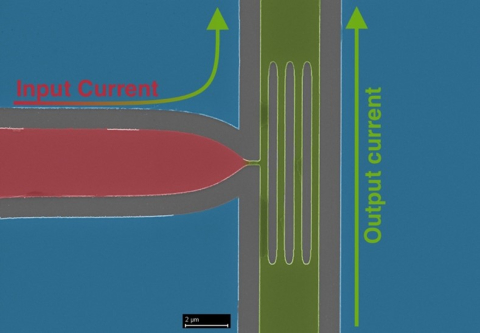
Scientists test a novel design for superconducting switches in magnetic fields.
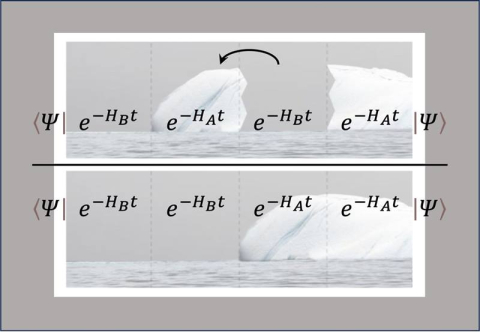
The floating block method provides the tools to compute how quantum states overlap and how to build fast and accurate emulators of those systems.

